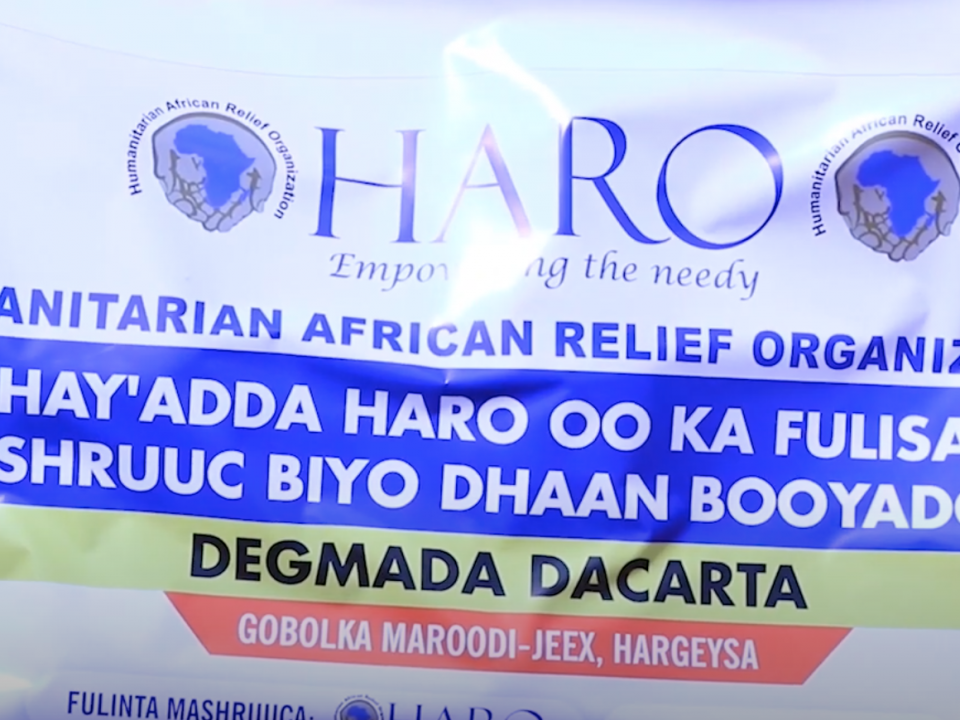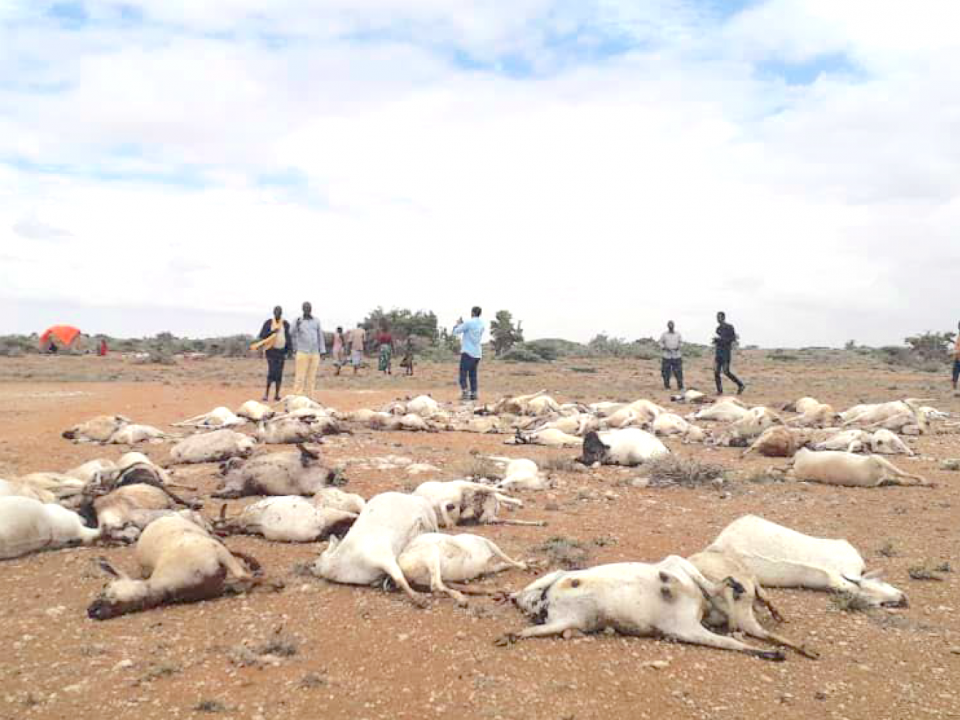Somalia Humanitarian Need Report of 2016
HARO oo soo gaba-gabeysay Udxiyada (xoolo qalka)
September 29, 2015Hay’adda HARO oo Kaalmo Gaarsiisay Qoxootiga Yemeniyiinta ah ee ku nool Muqdisho (SAWIRO)
December 12, 2015While the country has made modest gains, high levels of humanitarian needs persist. About 4.9 million people are in need of life-saving and livelihoods support and 1.1 million remain internally displaced.
Cyclical climatic impacts, armed conflict, clan violence, widespread human rights violations, political instability and insecurity, and low levels of basic development indicators persist in the country. This is exacerbated by high malnutrition rates, extensive food insecurity, vulnerable livelihoods, poor health infrastructure, recurrent disease outbreaks, a lack of clean and safe water, poor provision of basic services, including education, and pervasive protection violations. Internally displaced persons are particularly vulnerable, and in urgent need of protection, including durable solutions. The El Niño phenomenon is expected to prompt heavy rains and cause flooding along the Juba and Shabelle rivers, flash floods in central Somalia and Puntland, and exacerbated drought conditions in coastal areas of Somaliland. This could severely compound the already fragile humanitarian situation in Somalia.
Humanitarian needs
1. Persistent food insecurity: According to the the Food and Agriculture Organization (FAO) managed Food Security and Nutrition Analysis Unit (FSNAU), the number of people who face acute food security crisis or emergency has exceeded 1 million. Another 3.9 million people are at risk of slipping into acute food insecurity. In total, 4.9 million people require humanitarian assistance.
2. Continued high levels of acute malnutrition: High levels of acute malnutrition persist. Based on prevalence estimates, about 308,000 children under the age of 5, or one in eight, are estimated to be acutely malnourished. Hereof, 56,000 are severely malnourished and at risk of death if they do not receive urgent medical treatment and therapeutic food. In internally displaced persons settlements, global acute malnutrition (GAM) rates are frequently above the emergency threshold of 15 per cent.
**3. Poor access to basic services **: Poor basic services continue to undermine the resilience of vulnerable people. About 3.2 million women, girls, boys and men in Somalia need emergency health services, while 2.8 million women and men require improved access to water, sanitation and hygiene (WASH). The impact of this lack of basic services is felt strongly among internally displaced persons who continue to be affected by cyclical disease outbreaks and suffer from high levels of acute malnutrition. Around 1.7 million schoolaged children are still out of school.
4.Civilian protection challenges persist: Many of the over 1.1 million protracted internally displaced persons continue to face high risk of forced evictions, discrimination, violation of children’s rights and pervasive gender-based violence (GBV). These vulnerable communities need land tenure and property rights, adequate and safe shelter, whether permanent or transitional, as well as household items, protection services, local integration and durable solutions. More than 116,000 internally displaced persons were forcibly evicted in Mogadishu, Baidoa, Bossaso, Gaalkacyo, Hargeysa, and Kismayo during the first half of 2015. The ongoing military operations that started in July 2015 in southern and central Somalia displaced over 42,000 people by late August.




